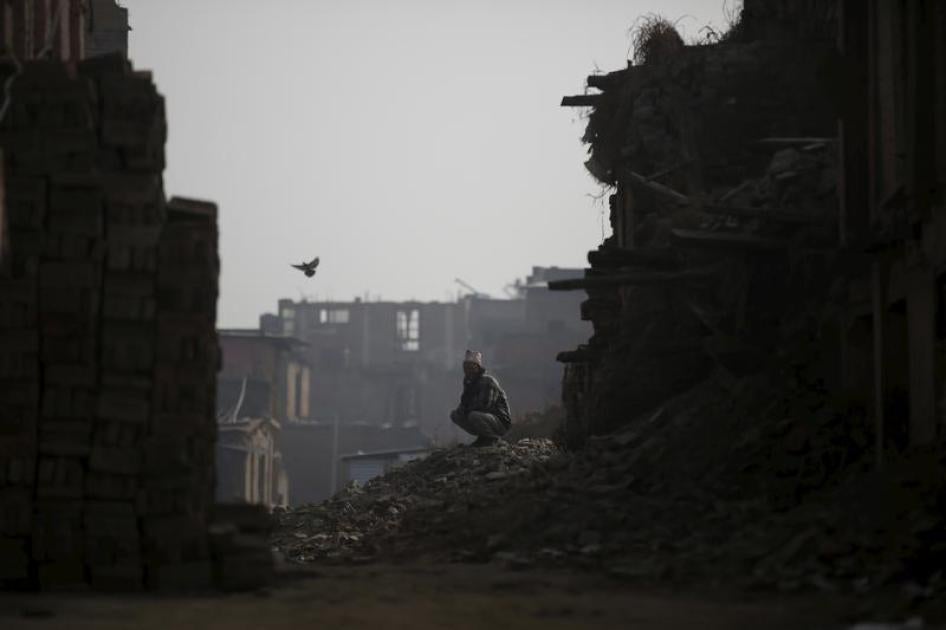Rescuers are still picking through the rubble in Ecuador looking for survivors from last weekend’s earthquake. But hope is fading fast.
For those who lived through the quake, many will have lost homes and livelihoods, and others fear aftershocks and more upheaval to come. Survivors cling to one hope above all: that things will improve.
Sadly, as events in Nepal are proving, that’s not a given. One year ago, Nepal suffered its own tragedy when two catastrophic earthquakes killed nearly 9,000 people, injured over 20,000, and left millions displaced.
Within weeks, the international community had pledged US$4 billion to rebuild Nepal and compensate those affected. But, 12 months on, the international assistance received is yet to be disbursed. Rehabilitation efforts have stalled due to political wrangling and ineptitude of the authorities. The National Reconstruction Authority only started work in January, and only recently began paying out the first installments of the promised assistance of US$2,000 per household.
Take the case of Uttam, who once lived in a five story house in Kathmandu, built by his grandparents, sharing it with his two brothers and their families. Now, the 53-year-old father of three lives in a rented apartment, forced to shift his daughter, who is preparing for important exams, into a college hostel because it is too crowded and noisy in the tiny residence. His house was severely damaged in the earthquakes, but his promised reconstruction assistance is long delayed. “They make all sorts of promises, but do nothing,” he said. “People all over the world want to help Nepal, but not our own leaders.”
Near Durbar Square where Uttam lives, people are bolstering their crumbling buildings with planks of wood, unwilling to destroy evidence of damage until the government sanctions compensation. Ancient temples that shattered in the impact are yet to be restored. Many, who cannot afford to rent, are still living in makeshift shelters. In the outlying districts, the situation is worse as supplies barely trickle in.
And amid all this, tremors have continued through the year, with at least 300 of them over magnitude 4.0 on the Richter Scale, big enough to constitute a “light earthquake.” The failure of the authorities to give people aid to rebuild means Nepalis are scared their homes will not survive another big quake. If Nepal wants to avoid a new, manmade disaster, it must act fast.









